Hydrodynamic accidents are breakthroughs of dams (locks, dams, lintels, etc.), when breakthrough waves and catastrophic flooding occur, when a breakthrough flood occurs, resulting in sediment deposition in large areas or in the erosion of fertile soils useful to humans. These are accidents at hydraulic structures, connected with the fact that water spreads at a high speed and creates the threat of an uncontrolled man-made emergency.
The worst consequences of a hydraulic accident
The most severe consequences are necessarily accompanied by all hydrodynamic accidents - unexpected events closely associated with a significant destruction of the hydraulic structure (lock, dam) and uncontrolled, without any control, movement of huge masses of water, causing flooding of large territories and damage to objects.
Flooding is disastrous, because after the accident there is a rapid flooding of the surrounding area with a breakthrough wave. The magnitude, degree of accidents completely depend on the technical condition and parameters of the hydraulic system, the volume of water in the reservoir, the degree and nature of dam destruction, the characteristics of the catastrophic flood and breakthrough wave, time of day of the accident, season, topography and many other factors. In such cases, the evacuation of the population is widely used, as in floods and floods.
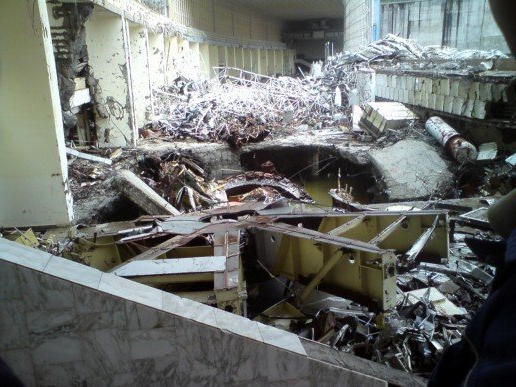
Dam Breakthrough Forecast
The situation is complicated by the fact that there is an illegal development of periodically flooded territories of hydroelectric facilities. This creates the prerequisite for the formation of emergency situations in such areas, especially in the event of an accident related to hydrodynamics or floods. The forecast for dam breakthroughs is a thankless task, it is very difficult to predict, and most often a disaster occurs suddenly. Because of this reason, urgent, unplanned evacuations are relevant. As soon as a signal arrived that hydrodynamic accidents had occurred, the evacuation immediately began. The breakthrough wave reaches 25 km / h on the plain and 100 km / h in the mountains and foothills. There is little time to leave the danger zone. Therefore, evacuation is successful in the presence of a local automated instant warning system.
Objects subject to safety declaration
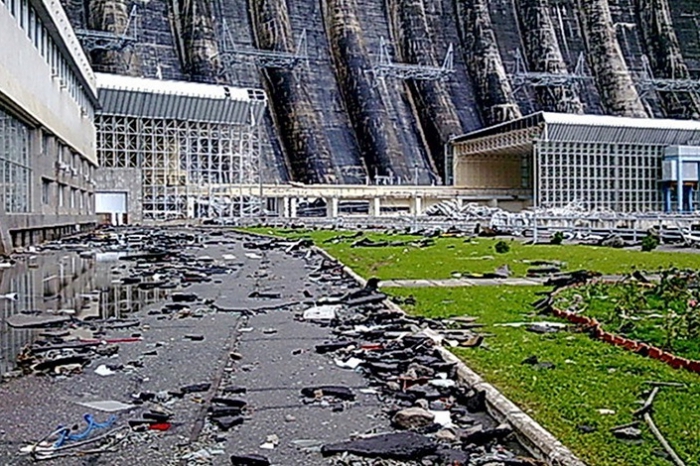
The list of such facilities is determined in our country by the Russian Emergencies Ministry and Rohtechnadzor. It includes industrial facilities that have hazardous industries, all kinds of hydraulic structures, sludge collectors and tailings, where hydrodynamic accidents are possible. The Industrial Safety Act defines maximum doses of hazardous substances that are the basis for the development of a declaration. It should be noted that this list is determined by the Rohtekhnadzor and the Ministry of Emergencies according to data received from the main departments for emergency situations and civil defense.
Hydrodynamic accidents, examples
Similar accidents periodically happen all over the world. It is already said that it is impossible to foresee them. Here are some examples.
10/09/1963, such a disaster occurred on the Weyont Dam in Italy. In a small reservoir with a volume of only 0.169 km3massif of mountains collapsed with a volume of 0.24 km3that was marked by the overflow of more than 50 million m3 water through the dam. The result was a water shaft 90 meters high. In just 15 minutes, he destroyed several small towns and two thousand people. And everything happened due to the raising of the horizon of local groundwater, the cause of which was the construction of the dam.
08/07/1994 in Bashkiria, in the Beloretsky district, a dam broke through the Tyrlyansk reservoir. An abnormal discharge of water occurred - 8.6 million m3 . It was flooded by four small settlements, 85 good residential buildings were completely destroyed, partially - 200. 29 people were killed, 786 were left without shelter.
On August 18, 2002, due to severe flooding on the Elbe River near the city of Wittenberg, Germany, seven protective dams were destroyed. A huge amount of water poured into the city, 40,000 people were evacuated urgently, 19 - died, 26 - disappeared.
March 11, 2005 in the south-west of Pakistan, the province of Balochistan, there were heavy rains. Because of them, there was a breakthrough of the dam of the hydroelectric station with a length of 150 meters near the city of Pasni. Flooded several villages, 135 people died.
10/05/2007 in the province of Vietnam Thanh Hoa on the Chu River there was a sharp rise in the water level, the dam of the Kyadat hydroelectric station under construction was breached. Five thousand houses were in the flood zone, killing 35 people. These are the most famous hydrodynamic accidents, examples known to everyone.
The tragedy at the Sayano-Shushenskaya hydroelectric station
Unfortunately, in our country a very large catastrophe occurred not so long ago. Hydrodynamic accidents in Russia did not end with Bashkiria.
On August 17, 2009, the world's largest accident at the Sayano-Shushenskaya hydroelectric power station occurred. She was supposed to close a series of accidents that occurred at hydroelectric power plants when the rotors of the units leave their mines. A superficial, biased investigation of this catastrophe does not give guarantees in this regard. Indeed, to establish the reasons for what happened with the hydrogenerator, it is not enough to determine why and in what way the studs of the iron cover of its turbine were destroyed. It is necessary to find the reasons for the output of the rotor of the unit from its mine. And why so unexpectedly there was an overflow and flooding of the volume of the engine room and other underlying station rooms, which led to the death of personnel.
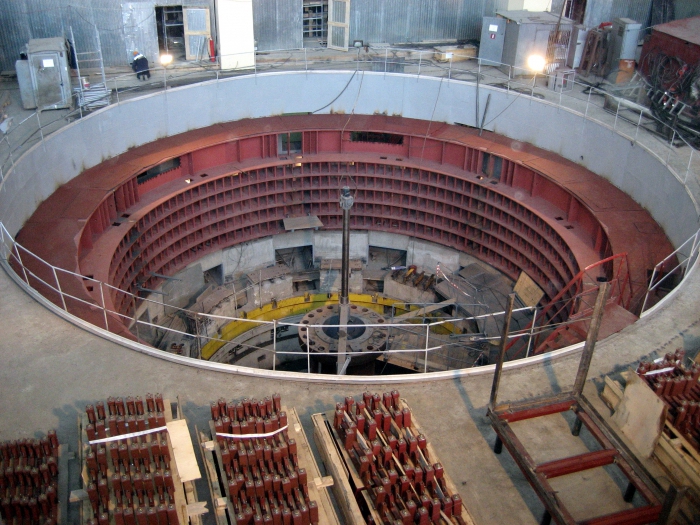
All are united only in that the unit pushed out the water pressure at which it worked that morning. When the hydraulic unit entered the area not recommended for operation, the studs of the turbine cover itself broke. Further, the water began its effect on the rotor with the turbine cover and crosspiece, they began to move up. That is, the unit could not be squeezed out under the influence of water pressure. The expert opinion is not consistent with physical laws. The calculation results confirm that the second hydraulic unit left the mine independently when the impeller did not rotate in turbine mode, but in the motor, in the propeller mode.
Causes of the accident
This effect, when the rotors of hydraulic units rise, was investigated back in the middle of the 20th century. Such hydrodynamic accidents in Russia have occurred more than once; the accident at the Sayano-Shushenskaya hydroelectric power station differs only in the death of service personnel and in its scale. The reason for all this is the very fast filling of the station premises with water. According to the commission, the suction pipe from the turbine at the time of the accident and further, with its development, was absolutely clean. The cause of the disaster is hidden behind the fatigue of the metal studs. But fatigue could not accumulate. The cover fastening is such that the studs are not responsible for its radial displacement relative to the turbine stator. The attached pins are important. 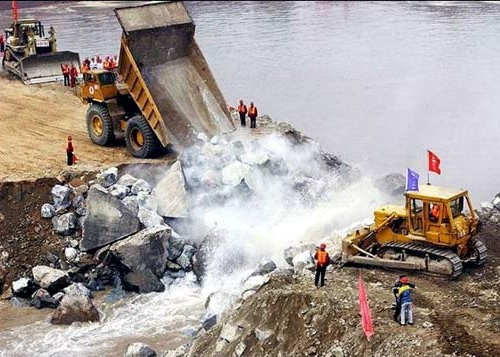 Moreover, they interfere with the displacement of only 8 microns, and not 160 microns, as expected. The investigation materials do not. From the photographs of the fractures of the studs it can be seen that they are torn off "with meat", and not by the mechanism of fatigue. The consequences of hydrodynamic accidents, the causes of the death of staff were not investigated. Accidents when the rotors of the units exited their mines were at the following sites: Kakhovskaya Hydroelectric Power Station, Grand Rapids Hydroelectric Power Station, Canada, Pamir-1, Sayano-Shushenskaya. The latter was supposed to complete this list. However, now there is no guarantee. The causes of hydrodynamic accidents are not eliminated, so the likelihood of their recurrence remains.
Moreover, they interfere with the displacement of only 8 microns, and not 160 microns, as expected. The investigation materials do not. From the photographs of the fractures of the studs it can be seen that they are torn off "with meat", and not by the mechanism of fatigue. The consequences of hydrodynamic accidents, the causes of the death of staff were not investigated. Accidents when the rotors of the units exited their mines were at the following sites: Kakhovskaya Hydroelectric Power Station, Grand Rapids Hydroelectric Power Station, Canada, Pamir-1, Sayano-Shushenskaya. The latter was supposed to complete this list. However, now there is no guarantee. The causes of hydrodynamic accidents are not eliminated, so the likelihood of their recurrence remains.
How to act in emergency situations
A person must know how to act in an accident at hydrodynamic facilities. The main thing here is that all residents of the flood zones should be well trained, aware of the possible dangers and prepared for actions during the flood and with its threat. When an alarm occurs, the population should be immediately evacuated. From home, you need to take documents, essentials, valuables, a supply of clean drinking water and food for 2-3 days. In the house, apartment, it is necessary to close the doors tightly, turn off the gas and electricity, block the ventilation openings. If a sudden flooding occurs, then in order to save from an unexpected blow of a breakthrough wave, one needs to take an elevated place. 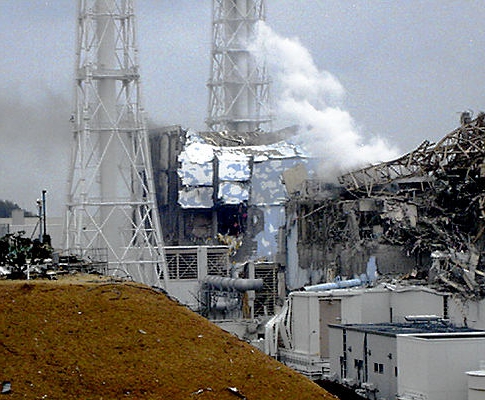 If there are no suitable buildings nearby, you need to use any obstacle that can help with moving water: large stones, a road embankment, trees. Hold on to a stone, tree, other protruding object, otherwise the streams of water and an air wave can drag through different solid objects, injuring them. Hydrodynamic accidents are very dangerous, and every effort must be made to be saved. As the breakthrough wave approaches, dive deep into the very bottom of the wave. And try to get to the flooded territories.
If there are no suitable buildings nearby, you need to use any obstacle that can help with moving water: large stones, a road embankment, trees. Hold on to a stone, tree, other protruding object, otherwise the streams of water and an air wave can drag through different solid objects, injuring them. Hydrodynamic accidents are very dangerous, and every effort must be made to be saved. As the breakthrough wave approaches, dive deep into the very bottom of the wave. And try to get to the flooded territories.
Hydrodynamic accidents - what to do after
After the water drops, people rush to return to their apartments. There are some precautions to keep in mind. Especially need to be wary of sagging or torn electrical wires. If you notice damage to the sewer, gas or water mains, you must immediately report to emergency organizations and services. Products that have been in water should not be used in food. 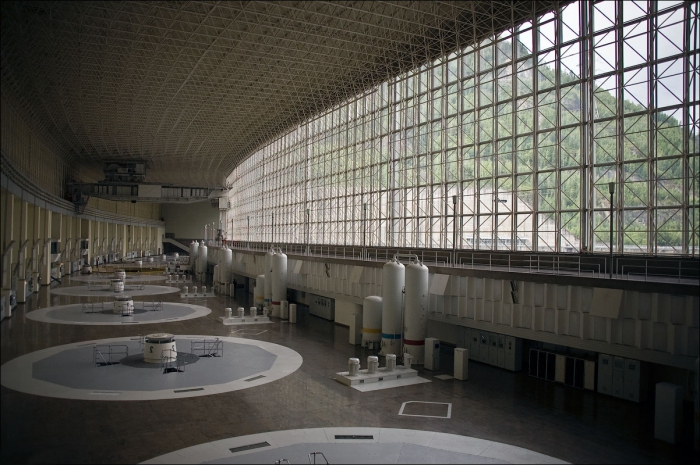 Drinking water should be checked, and wells should be drained, contaminated water pumped out of them. You can enter the building by checking it for destruction if it is not dangerous for people. It is necessary to ventilate all rooms for several minutes by opening windows and doors. Candles or matches cannot be used as a light source - there may be gas in the air. It is best to use electric lights. Until specialists check the power supply network, you cannot use it.
Drinking water should be checked, and wells should be drained, contaminated water pumped out of them. You can enter the building by checking it for destruction if it is not dangerous for people. It is necessary to ventilate all rooms for several minutes by opening windows and doors. Candles or matches cannot be used as a light source - there may be gas in the air. It is best to use electric lights. Until specialists check the power supply network, you cannot use it.
Accident in St. Francis, California
The St. Francis Dam has entered the anals of engineering geology as an example of man’s heedlessness. They began to fill the reservoir in 1972, but the maximum water reached March 5, 1928. It leaked for a long time, but no measures were taken. And on March 12, water broke through the entire thickness of the soil, the dam collapsed under its pressure. Not a single witness was left alive. If you are investigating hydrodynamic accidents, examples are no longer needed. Man himself created a catastrophe, as a result of which more than 600 people died, only a few from the upper half of the valley managed to stay alive. This collapse of the dam is an example of how you do not need to build hydraulic structures.
Life Safety Basics
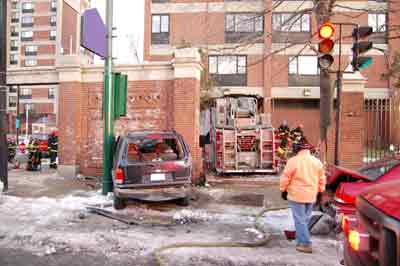
Today, even in the school curriculum, much time is devoted to this issue. In high school there is the subject “OBZh”. Hydrodynamic accidents there are fairly well lit. If a lot depends on the reasons associated with human activities, then disaster must be avoided. Their causes may include: structural defects, design errors, operational disruption, water overflow through the dam, insufficient spillway, acts of sabotage, weapon strikes against hydraulic structures. Most importantly, owners of hydraulic structures need to organize their safe operation. This will significantly increase the reliability of these objects.








